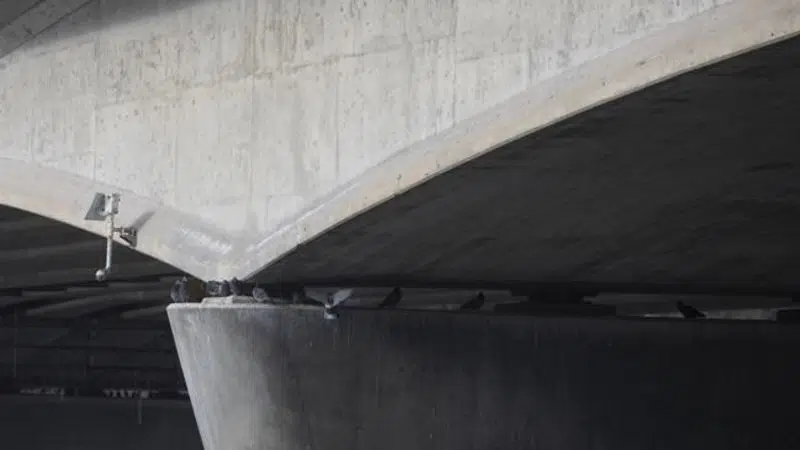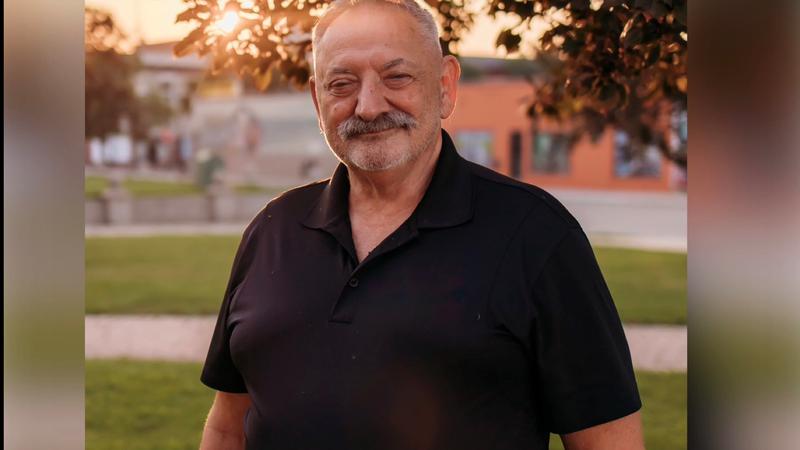
Wildlife advocate questions decision to kill pigeons pooping on Saskatoon bridge
SASKATOON — Crews tasked with cleaning a Saskatchewan bridge are in for a dirty job.
The City of Saskatoon says that over the last 50 years one of its bridges has accumulated nearly 350 tonnes of pigeon poop — which is roughly equal to 230 cars parked on the bridge.
It says the feces adds unnecessary weight and the pigeon droppings contain uric acid which can damage concrete.


